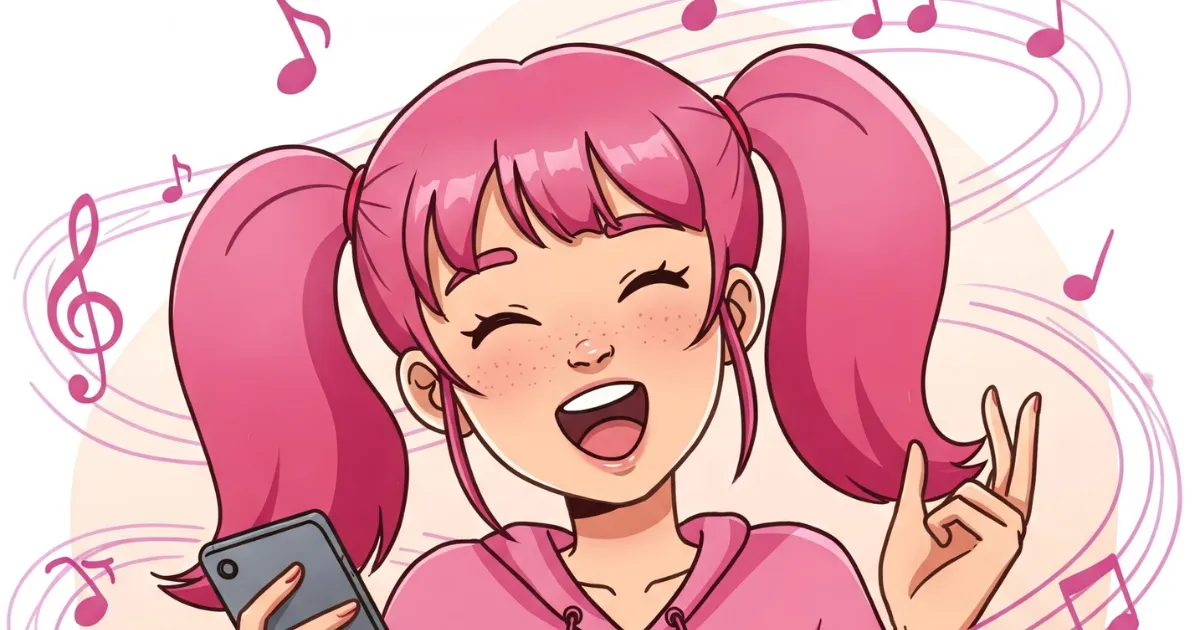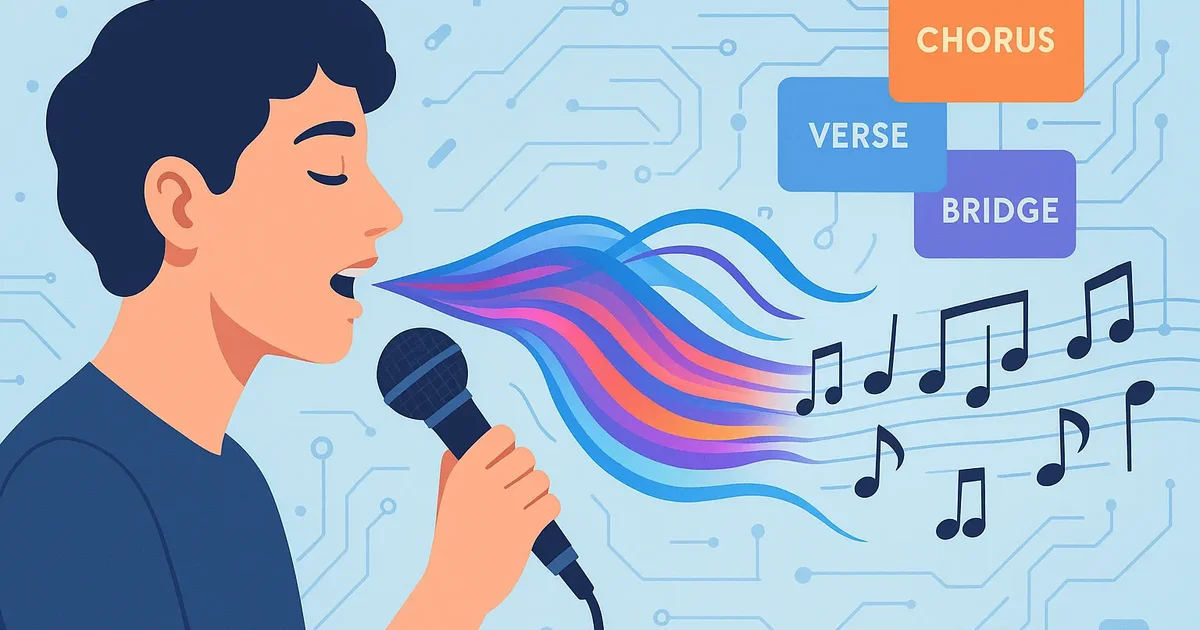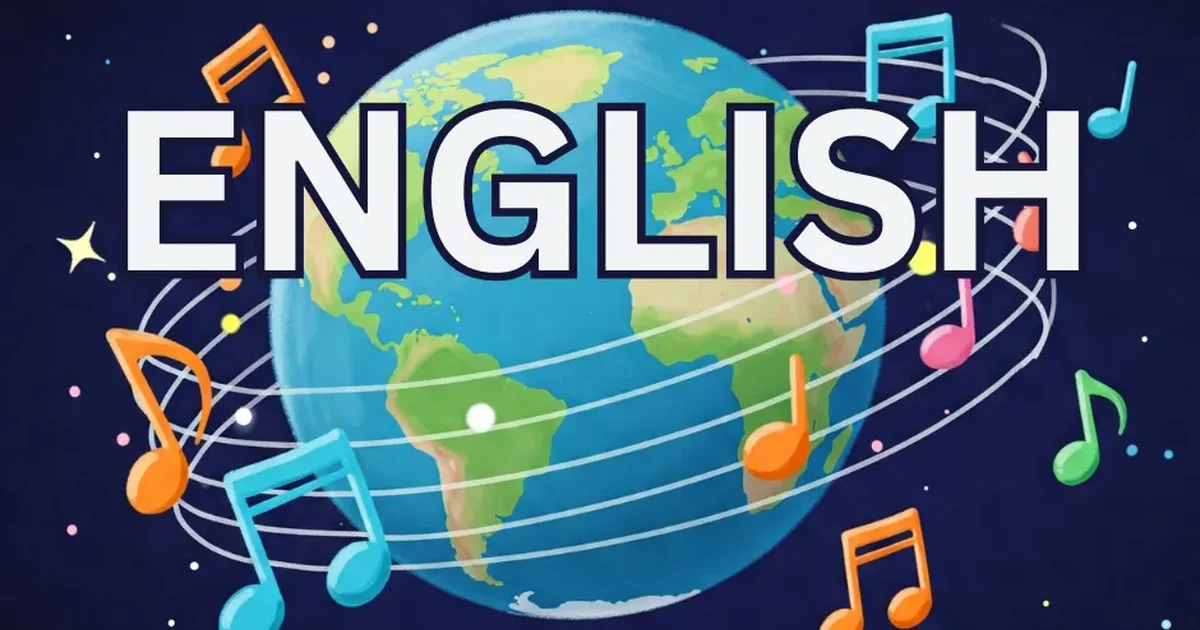From Hum to Hook: Understanding the Magic Behind Voice-to-Lyric AI

How Does It Do That?
You sing a little tune or speak an idea into Lyric Genie, click a button, and poof – lyrics appear! It feels like magic, right? While it’s pretty cool, it’s not exactly magic. It’s technology, specifically a type of Artificial Intelligence or AI.
But how AI works, especially voice AI that understands more than just words, can seem complicated. Let’s break down the basic ideas behind turning your hum into a hook, in simple terms. You don’t need to be a tech expert to get the gist! If you want a deeper dive into core AI concepts, Coursera has a good overview.
Step 1: Truly Hearing Your Voice (Multimodal AI Analysis)
First, Lyric Genie needs to understand the sounds you make. When you speak or sing into the microphone (like we showed in the step by step guide), it’s doing more than just basic speech recognition (turning sounds into words).
Lyric Genie uses a powerful type of AI called a multimodal model. “Multimodal” just means it can understand different types of information at once. Instead of just turning your voice into text, it analyzes the raw audio itself. This allows the AI to pick up on:
- Spoken Words: Yes, it still figures out what you said.
- Melody: It can recognize the tune you hummed or sang.
- Rhythm and Pacing: How fast or slow you hummed orsang.
- Tone and Emotion: It can sense excitement, sadness, energy, or other feelings in your voice.
- Non Verbal Cues: Even pauses or sighs can give the AI clues.
Think of it like listening with super powered ears that understand not just what you said, but how you said it and the music behind it. Basic speech AI terms cover turning sound to text, but Lyric Genie goes further by understanding the richer context in the audio.
Step 2: Understanding the Whole Picture (Natural Language + Audio Understanding)
Okay, so the AI now has a much richer understanding based on your actual audio – the words, the melody fragments, the emotion. The next step involves making sense of all this combined information. This uses elements of natural language processing (NLP) combined with this deeper audio understanding.
NLP helps computers understand human language – context, meaning, relationships between words. You can read more about what NLP is here.
In Lyric Genie, the AI looks at everything it gathered from the audio analysis:
- What’s the topic based on the words?
- What’s the mood suggested by the tone and melody?
- Does the rhythm suggest a certain style?
- Are there specific keywords and emotional cues?
It’s building a much more complete picture of your creative intention than text alone could provide.
Step 3: Generating Ideas (AI Music Generation - Lyrics)
Now the AI has a really good idea of what you’re going for, informed by the nuances in your voice. The final step is AI music generation, specifically creating lyrics.
The AI uses this rich understanding from steps 1 and 2 as detailed instructions. It accesses its vast knowledge of language, song structures, rhymes, and styles to generate new text that aims to match your input closely. It tries to create lines that:
- Fit the topic and the detected mood/emotion.
- Match the rhythm or flow suggested by your voice.
- Make sense together, reflecting the overall feeling.
- Might even rhyme in a suitable style!
It’s like a brainstorming session guided by the actual sound and feeling of your idea, not just typed words. You can find more general info on how Lyric Genie approaches this here.
It’s Your Idea, Amplified
So, it’s clever technology using multimodal AI! It analyzes your raw audio to understand the words, melody, and feeling, then generates lyrics based on that rich understanding.
The key thing is that it all starts with you. The AI isn’t making things up out of thin air; it’s responding to the nuances in your voice, your melody, your feeling. It’s a tool designed to take your initial spark – in all its audio richness – and quickly turn it into something you can see, read, and build upon. Pretty neat, right?

